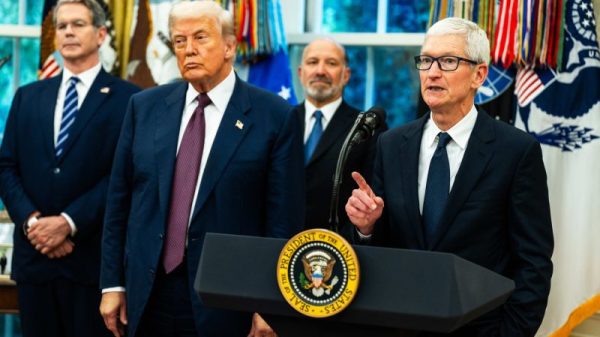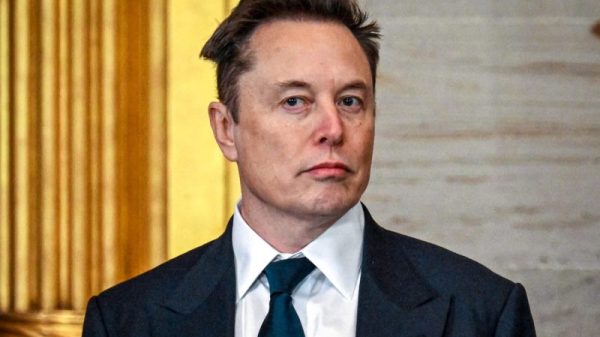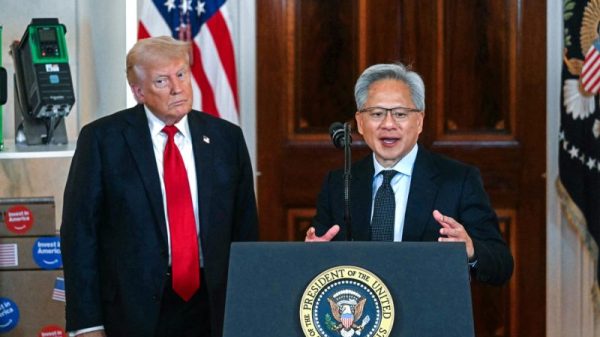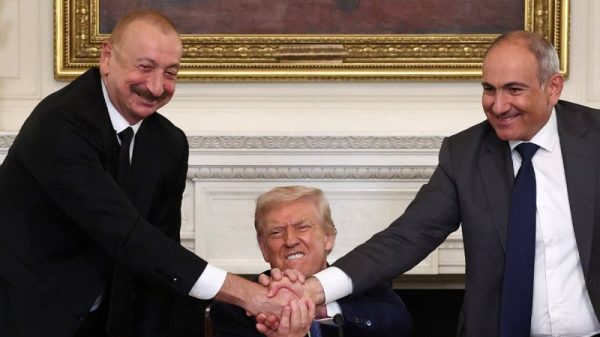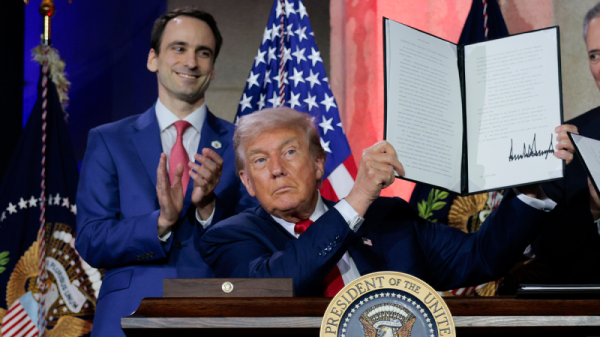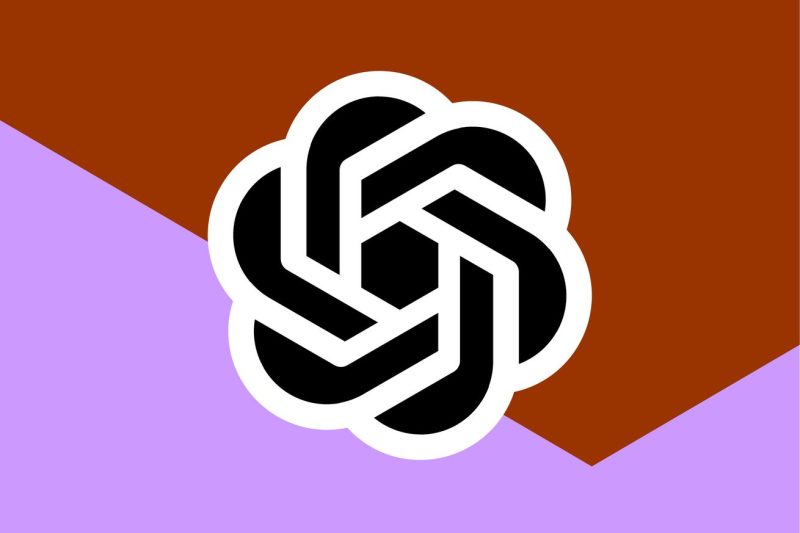Skipping the Title, Introduction, and Conclusion as requested, below is a well-structured and unique article based on the provided link:
In a recent decision that has sparked discussions in the artificial intelligence and technology community, OpenAI has announced that they will not be watermarking the text generated by their ChatGPT model. The reasoning behind this choice lies in the potential ramifications for users who depend on ChatGPT for various purposes, including research, content creation, and development of AI systems.
Watermarking is a common practice used to protect intellectual property and track the origin of content. By embedding a unique identifier within the text, creators can claim ownership and deter unauthorized use or distribution. However, when it comes to AI-generated content, the landscape becomes more complex and raises ethical concerns.
OpenAI’s decision not to watermark ChatGPT’s text is rooted in the recognition that users of their platform come from diverse backgrounds and use the tool for a variety of purposes. Implementing watermarks could inadvertently impede the progress of legitimate projects and hinder the free flow of information and creativity.
Moreover, the nature of AI-generated text poses challenges when it comes to attributing authorship. Unlike human-written content, which is inherently tied to an individual’s expression and thought process, AI-generated text is the result of vast datasets and algorithms. This blurs the lines of ownership and raises questions about the extent to which creators can claim authorship over AI-generated content.
By refraining from watermarking ChatGPT’s text, OpenAI is also acknowledging the limitations and challenges of implementing effective watermarking solutions for AI-generated content. With the rapid advancement of AI technologies and the ever-evolving landscape of digital content creation, traditional methods of protecting intellectual property may not always be applicable or effective.
However, OpenAI’s decision does not come without its concerns. The absence of watermarks leaves room for potential misuse and exploitation of AI-generated content. Without a clear method of tracking the origin of text generated by ChatGPT, issues of plagiarism, misinformation, and unauthorized use could arise, challenging the integrity of the content shared online.
Moving forward, the debate surrounding watermarking AI-generated content will likely continue as the field of artificial intelligence evolves. As developers, researchers, and policymakers navigate the ethical and legal implications of AI technologies, finding a balance between protecting intellectual property and fostering innovation will be crucial.
In conclusion, OpenAI’s choice not to watermark ChatGPT’s text reflects a nuanced understanding of the complexities surrounding AI-generated content. While the decision comes with its share of risks, it also highlights the need for ongoing dialogue and collaboration within the AI community to address the challenges posed by emerging technologies.







